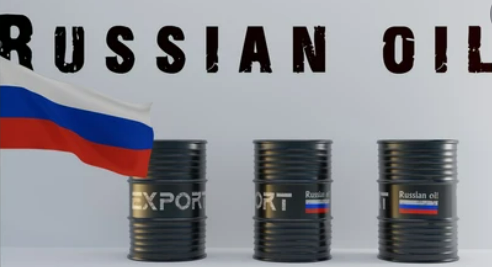
Haiden Holmes
Apr 15, 2022 09:57

Earlier in the day, gains in oil were restricted as Chinese refiners were prepared to lower crude throughput by nearly 6% this month. According to industry insiders and experts, the decline would be on a magnitude not seen since the early days of the COVID-19 epidemic two years ago.
However, news of the possible EU embargo on Russian oil led purchasers to purchase more lots of crude futures and persuaded some shorts to cover their positions ahead of the Good Friday holiday, resulting in a longer weekend for US markets.
"As we approached the holiday weekend, oil was sensitive to profit-taking, but a significant fall is still unnecessary given the supply position and the fact that fears about an economic slowdown have yet to materialize," said Ed Moya, analyst at online trading platform OANDA.
Brent crude oil, the global standard, ended the day up $2.92, or 2.7 percent, at $111.70 per barrel. Brent gained 8.7 percent for the week, after two consecutive weekly losses that left it down 13%.
The New York-traded West Texas Intermediate, or WTI, crude oil standard in the United States concluded Thursday's session up $2.70, or 2.6 percent, at $106.95. WTI gained 8.8 percent for the week, after a 13 percent decline in the previous two weeks.
According to the New York Times, the European Union is considering a phased-in embargo on Russian oil to provide Germany and other nations time to secure alternative supply.
A phased-in prohibition would compel European purchasers "to seek alternate sources, some of which are being provided in the short term via Strategic Petroleum Reserve releases, but in the future, more supplies from the ground would be necessary," Lipow Oil Associates' Andrew Lipow said in Houston.
Russia's Energy Ministry said that access to its data on oil and gas production and exports will be restricted.
The International Energy Agency warned on Wednesday that around 3 million barrels per day of Russian oil might be shut down starting in May as a result of sanctions or consumers intentionally rejecting Russian supplies.
In May, major global trading houses aim to reduce their imports of crude and gasoline from Russia's state-controlled oil corporations, Reuters reported on Wednesday.

Apr 15, 2022 09:50
